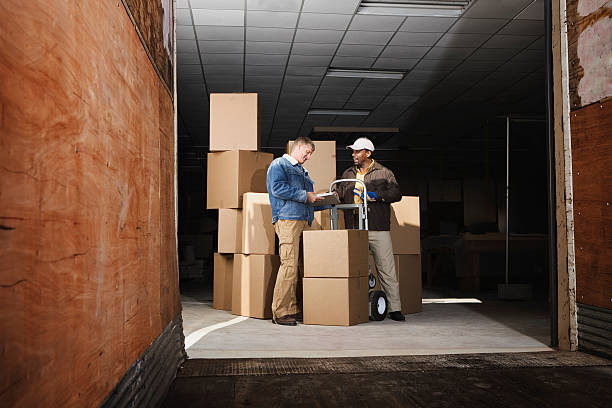In the days leading up to a relocation, things are typically somewhat chaotic because of the need to pack everything, arrange for removalists, modify utility settings, and forward mail, among other things.
When you finally begin unpacking your belongings several weeks after the move, you quickly become aware of several items you no longer use and promptly dispose of or sell them.
When you declutter your home after a move, it’s a good idea to get rid of things you’re not going to retain, but it also means you spent money moving things you’re not going to keep. Getting rid of clutter will save you both time and money in the long term, so if you can do it before you move, that will be ideal.
The most important aspect to remember when packing up your belongings is to do it as efficiently as possible, so you won’t have to spend time doing it all over again when you unpack. Carefully consider how often you’ll need to move the items from the moving truck or storage facility into the new house before selecting “keep” or “dispose of” for each item.
If clutter is a problem for you, consider hiring professional removalists in Adelaide to assist with decluttering your home. Professional Removalists are trained in methods that allow them to clear out clutter quickly and easily, leaving only essentials behind.
Working with a Removalist can save you time and energy, so you aren’t tempted to pack unnecessary items in the first place and keep your move organized. Leaving only essential belongings behind when you move is an effective way to declutter 99% of your house in a short time.
Before packing belongings, look honestly at your stuff and ensure what items are worth moving. When you move, most areas that need your attention have items scattered around them.
If you have furniture and boxes stacked high against the walls, it will take much longer to declutter those spaces than if they were clear. Here are some tips that help you declutter before moving.
PACKING
Pack items away in the order of how you’ll access them when you unpack. For example, put the boxes containing your kitchenware items at the top of your pile so you can quickly move them into the kitchen when you arrive at your new home.
Plan your packing to maximize space. If you plan on using cardboard boxes for packing, stack them accordingly, so things don’t bump around too much and get damaged.
Wrap breakables carefully in thick and sturdy bubble wrap or other protective material such as tissue paper before placing them inside a box so they won’t break during transit.
STAY MOTIVATED
If you have a house full of clutter, it’s easy to get discouraged. The more motivated you are to move your belongings quickly and efficiently, the sooner you will begin to relax and enjoy your new place.
CLEAN AS YOU GO
It can be tempting to “sweep everything under the rug” when packing and not thinking about cleaning up. Make sure that no matter what room you’re in, there is a clean-up spot and a garbage or recycling bag; otherwise, it will be tough to clean up before moving on to another room.
START EARLY
The sooner you start packing, the sooner you finish. The longer you wait to pack, the more likely you’ll get tired of it and leave it for a “rainy day” task.
BE PATIENT
If there are many people in your household, remember that they may want to spend time looking at things or playing with them instead of helping with the packing. This is normal and if they seem distracted, try not to take it personally; encourage them to help out as much as they can while they are around.
USE THE POWER OF PILES
Piles of junk and clutter can cause a lot of frustration. If you want to avoid obsessing over the clutter, keep it organized in piles so you can look at them and determine what needs to be done with them instead of being overwhelmed by the amount.
STASH THINGS YOU MAY NEED
If you have room, try stashing things like detergent, cleaning solutions, canned goods, toilet paper, etc., in a box (possibly your kitchen cabinets!) before moving so that you have easy access to these things during unpacking.
Packing is a time to review what you have, but only keep the things you’ll use. If you have duplicate items that you already have, consider donating the extra ones to a charity, such as Salvation Army or a local shelter, so they can be used by someone else.
PACKING TAPE
Use packing tape creatively to help hold things in place if they are too heavy or awkward, and use it as internal labeling while inside boxes. Tape items by themselves on a piece of cardboard, then wrap them up tightly in sturdy packing paper before filling them with other stuff in the box.
SCHEDULE TIME FOR DECLUTTERING
Schedule a specific time for the whole family to work on the move. Involve everyone in the process so that you don’t get distracted by clutter and can stay focused on getting things out of your house and into your new one.
WRAPPING UP!
Hopefully, these tips will help you start your decluttering and organizing efforts. Now that you have a new home to move into, the time has come to move those remaining items out of the old place. After all, you don’t want to waste all of this hard work, do you? If you are still having trouble with your move, you might consider hiring professionals or single item furniture movers like Top Movers to help you with the job.


